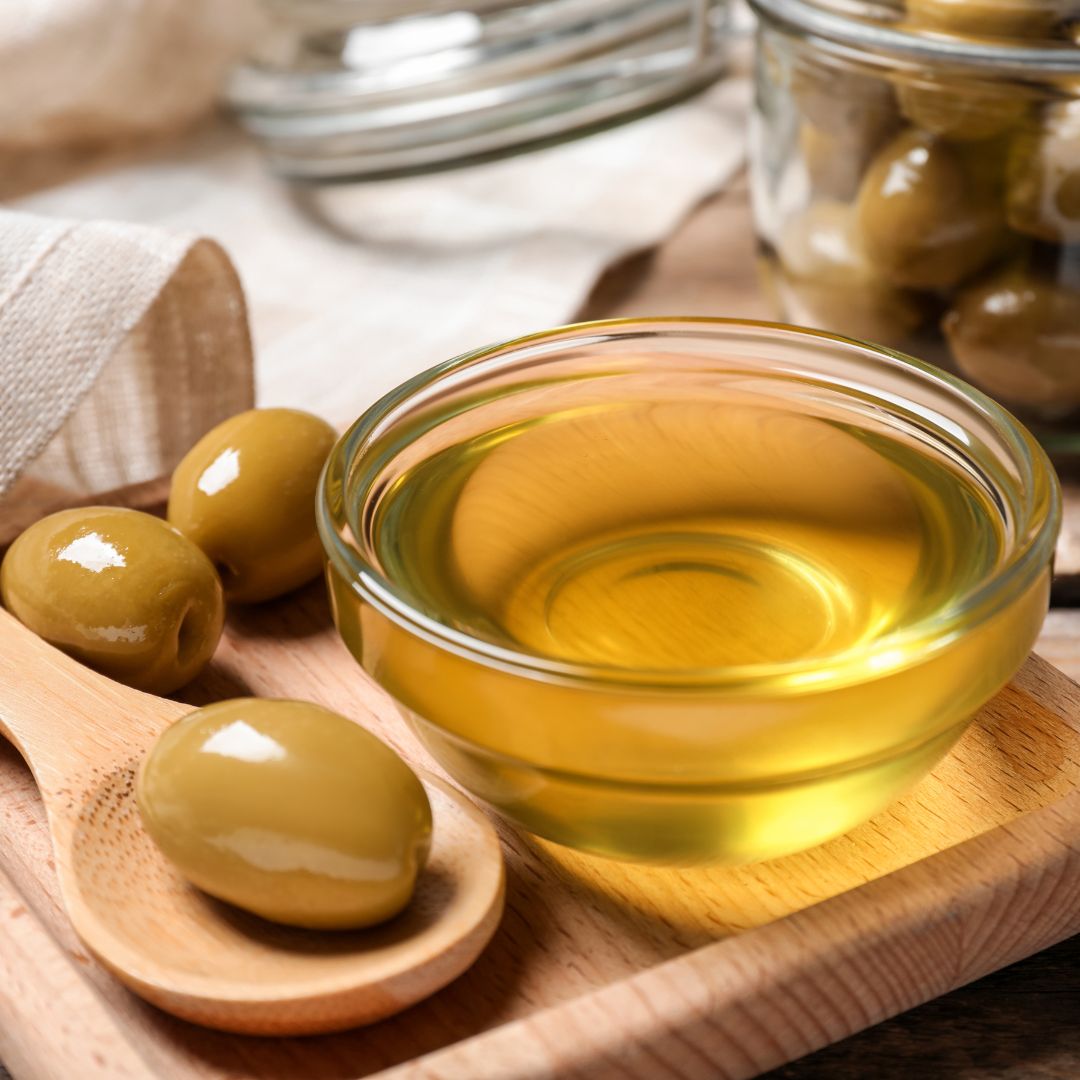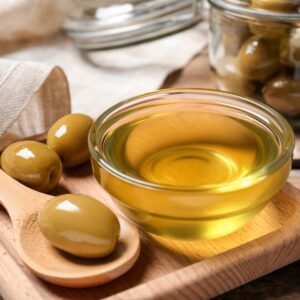
Cooking Oil Manufacturing
Cooking oil is an essential ingredient in kitchens worldwide, used for frying, sautéing, baking, and dressing salads. The manufacturing process of cooking oil involves several intricate steps that transform raw seeds or fruits into the refined oils we use daily. In this extensive guide, we will explore the entire cooking oil manufacturing process, including the types of oils produced, the machinery involved, and the health considerations associated with them.

The Importance of Cooking Oil
Cooking oil is derived from various plant sources and is used extensively in food preparation. It plays a crucial role not only in enhancing flavor but also in providing essential fatty acids and calories necessary for a balanced diet.
Cooking oil is vital for various culinary techniques, including frying, roasting, and baking. It helps in achieving desired textures and flavors while also serving as a medium for cooking food evenly.
Types of Cooking Oils
There are several types of cooking oils available on the market, each with its unique properties and uses.
Vegetable Oils
Vegetable oils are extracted from seeds or fruits and are commonly used for frying and baking. Popular vegetable oils include:
- Canola Oil: Known for its light flavor and high smoke point.
- Sunflower Oil: Rich in vitamin E and low in saturated fat.
- Soybean Oil: Widely used due to its neutral taste and versatility.
Seed Oils
Seed oils are derived from the seeds of various plants and are often used for frying due to their high smoke points.
- Sesame Oil: Known for its nutty flavor; commonly used in Asian cuisine.
- Pumpkin Seed Oil: Rich in antioxidants and has a distinct flavor.
- Flaxseed Oil: High in omega-3 fatty acids but not suitable for high-temperature cooking.
Nut Oils
Nut oils are extracted from nuts and provide rich flavors to dishes.
- Almond Oil: Used in baking and salad dressings.
- Walnut Oil: Adds a rich flavor to dressings and sauces.
- Hazelnut Oil: Commonly used in dessert recipes.
Fruit Oils
Fruit oils are derived from the flesh or seeds of fruits.
- Olive Oil: Known for its health benefits; ideal for dressings and low-temperature cooking.
- Coconut Oil: Popular for its unique flavor; used in both cooking and baking.
The Cooking Oil Manufacturing Process
The manufacturing process of cooking oil involves several stages that ensure quality and safety.
Seed Preparation
The first step in oil manufacturing is preparing the seeds or fruits from which oil will be extracted.
- Cleaning: Seeds are cleaned to remove impurities such as dirt, stones, or other seeds.
- Dehulling: For some seeds like sunflower or pumpkin, the outer hull is removed to improve oil yield.
- Crushing: Seeds are crushed into smaller pieces to increase surface area for extraction.
Oil Extraction
There are two primary methods for extracting oil from seeds:
- Mechanical Extraction (Expeller Pressing):
- Seeds are fed into an expeller press where they are mechanically crushed under high pressure.
- This method retains more nutrients but yields less oil compared to solvent extraction.
- Solvent Extraction:
- After mechanical extraction, the remaining oil is extracted using solvents like hexane.
- The mixture is then heated to evaporate the solvent, leaving behind crude oil.
Refining Process
Once the crude oil is extracted, it undergoes refining to remove impurities, odors, and colors:
- Degumming: Removal of phospholipids by treating crude oil with water or acid.
- Neutralization: Free fatty acids are neutralized using an alkaline solution (usually sodium hydroxide).
- Bleaching: The oil is treated with bleaching earth to remove pigments.
- Deodorization: Steam distillation removes volatile compounds that cause odors.
Packaging and Distribution
After refining, the oil is cooled, filtered, and packaged into bottles or containers for distribution to retailers or consumers.
Machinery Used in Cooking Oil Manufacturing
The manufacturing process requires various types of machinery:
- Seed Cleaner: Removes impurities from raw seeds.
- Expeller Press: Mechanically extracts oil from seeds.
- Solvent Extractor: Uses solvents to extract remaining oil.
- Refining Equipment: Includes degumming tanks, neutralizers, bleachers, and deodorizers.
- Filling Machines: Packages the final product into bottles or containers.
Health Considerations of Cooking Oils
Choosing the right cooking oil can impact your health significantly:
- Fat Composition: Different oils have varying levels of saturated fats, monounsaturated fats, and polyunsaturated fats; choose oils with higher monounsaturated fats for heart health (e.g., olive oil).
- Smoke Point: Each oil has a smoke point; using oils beyond their smoke point can produce harmful compounds.
- Nutritional Value: Some oils provide essential nutrients like omega-3 fatty acids (flaxseed oil) while others may lack nutritional benefits (refined oils).
Tips for Choosing the Right Cooking Oil
When selecting a cooking oil, consider these factors:
- Purpose of Use: Choose oils based on how you plan to use them (e.g., frying vs dressing).
- Flavor Profile: Some oils have strong flavors that can enhance dishes while others have neutral tastes.
- Health Benefits: Opt for oils that offer health benefits relevant to your dietary needs.
Frequently Asked Questions
1. What are the best cooking oils for Indian cooking?
The best cooking oils for Indian cooking include:
- Mustard Oil
- Ghee (Clarified Butter)
- Coconut Oil
- Groundnut Oil (Peanut Oil)
- Sesame Oil
- Sunflower Oil
- Olive Oil (for low-heat cooking)
2. Why is mustard oil popular in Indian cuisine?
Mustard oil is favored for its strong flavor and high smoke point, making it ideal for frying and sautéing. It is rich in monounsaturated fatty acids and omega-3 fatty acids, which are beneficial for heart health. It is commonly used in Northern and Eastern India.
3. What are the health benefits of using ghee?
Ghee is a traditional Indian cooking fat that is rich in fat-soluble vitamins A, D, E, and K. It also contains butyrate, a short-chain fatty acid that may support gut health and reduce inflammation. Ghee has a high smoke point, making it suitable for various cooking methods.
4. How does coconut oil benefit Indian cooking?
Coconut oil is widely used in South Indian cuisine for its unique flavor and health benefits. It contains medium-chain triglycerides (MCTs), which provide quick energy and may aid in weight management. Coconut oil is excellent for frying and enhances the taste of curries.
5. Is groundnut oil a good choice for frying?
Yes, groundnut oil has a high smoke point and a mild flavor, making it suitable for frying, sautéing, and roasting. It is rich in monounsaturated fats, which are beneficial for heart health.
6. What makes sesame oil unique for Indian dishes?
Sesame oil has a distinct nutty flavor and is packed with antioxidants and healthy fats. It is commonly used in tempering dishes and enhances the flavor of stir-fries, curries, and salads.
7. Can olive oil be used in Indian cooking?
While olive oil is known for its health benefits due to its high content of monounsaturated fats, it is best used for low-heat cooking or salad dressings in Indian cuisine. Its distinct flavor may not complement all traditional dishes.
8. What factors should I consider when choosing a cooking oil?
When choosing a cooking oil, consider:
- Smoke Point: Ensure it can withstand high temperatures without breaking down.
- Fat Composition: Look for oils high in unsaturated fats (like MUFA) and low in saturated fats.
- Flavor Profile: Choose an oil that complements the dishes you prepare.
- Nutritional Benefits: Opt for oils rich in vitamins and antioxidants.
9. Are there any oils I should avoid for Indian cooking?
It’s advisable to limit or avoid oils high in trans fats or those that are heavily processed, such as some types of vegetable oils that may contain unhealthy additives or preservatives.
10. How can I incorporate different oils into my cooking?
Incorporating a variety of oils can enhance flavors and nutritional benefits. For example:
- Use mustard oil or ghee to fry traditional dishes.
- Use coconut oil in South Indian recipes.
- Drizzle sesame oil over stir-fried vegetables.
- Use olive oil for salads or light sautéing.
Conclusion
Cooking oil manufacturing is a complex process that transforms raw seeds into essential culinary ingredients enjoyed worldwide. By understanding the different types of cooking oils available, their health benefits, and how they are made, you can make informed choices about what you use in your kitchen.
